**Overview of Smart Wearable Devices**
Smart wearable devices refer to a category of technology that integrates into everyday wear, such as watches, wristbands, glasses, and clothing. These devices are designed to enhance the user's interaction with digital information in real-time. The concept of wearable technology dates back to the 1960s, with early ideas and prototypes emerging during that time. By the 1970s and 1980s, more practical wearable smart devices began to appear on the market.
The rise of smart wearable technology marks a new era of human-computer integration. These devices allow users to monitor their environment and personal health data more effectively, while also enabling faster and more seamless communication through computers, networks, and other connected systems. The applications of smart wearables can be broadly categorized into two areas: self-quantification and in vitro evolution.
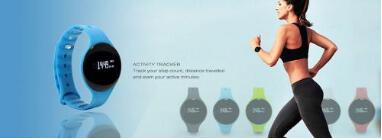
**What Are Smart Wearable Devices?**
1. **Smart Fitness Bands**
A smart fitness band is a wearable device that tracks daily activities like exercise, sleep, and diet. It syncs with smartphones or tablets to provide insights that help users maintain a healthier lifestyle. These bands are typically made from medical-grade rubber and memory foam, ensuring comfort and safety. Their sleek design makes them both functional and stylish, serving as both a health tracker and a fashion accessory.
Most smart bands feature a built-in lithium battery, offering up to 10 days of use before recharging. They include vibration motors and accelerometers for motion tracking. The small silver cap at the end serves as a settings button, while the other end has a 3.5mm jack for connecting to a phone. Despite their compact size, these devices offer advanced features like step counting, calorie tracking, sleep monitoring, waterproofing, Bluetooth connectivity, and even fatigue alerts.
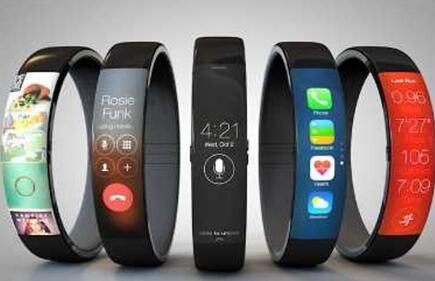
2. **Smart Watches**
Smartwatches are multi-functional wearable devices that integrate a smartphone-like system, allowing users to connect to the internet and manage calls, messages, emails, photos, and music. In 2013, major tech companies like Apple, Samsung, and Google announced plans to launch smartwatches, marking a turning point for the industry.
These devices usually have an electronic display, microphone, camera, and control buttons, and they connect to phones via Bluetooth. With the integration of big data, smartwatches can analyze user behavior and assist in managing personal information. They act as an extension of smartphones, reducing the need to constantly check the phone. Some models also include features similar to smart bands, such as heart rate monitoring and activity tracking.
3. **Electronic Socks**
Electronic socks are used in sports like Taekwondo to measure impact and determine scoring during matches. They are equipped with sensors that detect force and contact with protective gear, sending signals to judges. These socks are expensive, often costing around 30,000 yuan per pair, and must pass inspection before being used in competition.
Designed with soft fabric sensors, these socks track foot movement during running and provide accurate performance data. They are machine-washable and work best when paired with a magnetic foot ring that enhances functionality by measuring power and acceleration.
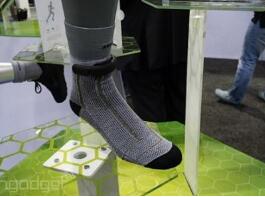
4. **Google Glass**
Google Glass is a head-mounted display that works with a smartphone. It includes microphones, earphones, and a small camera on the left side, allowing users to take photos, send messages, and perform tasks using voice commands. The glasses are lightweight and modern, weighing just a few tens of grams.
By saying “OK, Glass,†users can access a menu displayed on the right lens. They can also control the device using a touchpad on the arm or by nodding and shaking their head. Google’s promotional videos showcase how users can navigate cities, chat with friends, and even video call during sunset—all through the device.
5. **Smart Fashion Clothing**
Smart clothing is becoming increasingly popular, with innovations in both women’s and children’s wear. These garments integrate technology to offer functions like heartbeat monitoring, music playback, and even displaying text or images. According to tech predictions, future clothing may become true multi-functional high-tech products, capable of playing music, adjusting temperature, and even browsing the internet.
At CES 2014, a Dutch designer introduced "Intimacy 2.0," a dress that changes color based on the wearer’s emotions. Using smart foils, electronics, and LED lighting, it reflects feelings like excitement or shyness, making it a unique blend of fashion and technology.
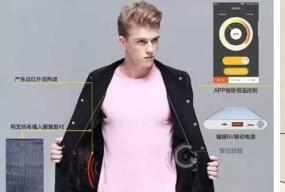
**Top Smart Wearable Device Brands**
1. **Fitbit**
Fitbit is synonymous with fitness trackers and remains one of the most popular brands in the market.
2. **Xiaomi (Mi)**
Xiaomi has been a strong competitor in Asia, challenging Fitbit's dominance in the region.
3. **Garmin**
Garmin offers specialized wearable devices for sports like golf, swimming, and cycling.
4. **Apple**
Apple invested heavily in the development of the Apple Watch, which eventually led to some sales challenges.
5. **Samsung**
Samsung has successfully positioned itself as a top brand in the wearable market.
6. **Chongzi**
Chongzi has emerged as a rising star in the wearable tech space, gaining recognition for its affordability and innovation.
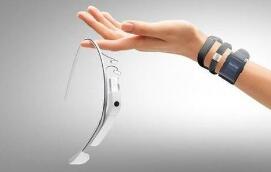
One Digit Led Display,Two Digits Led Display,Three Digits Led Display,Four Digits Led Display
Wuxi Ark Technology Electronic Co.,Ltd. , https://www.arkledcn.com